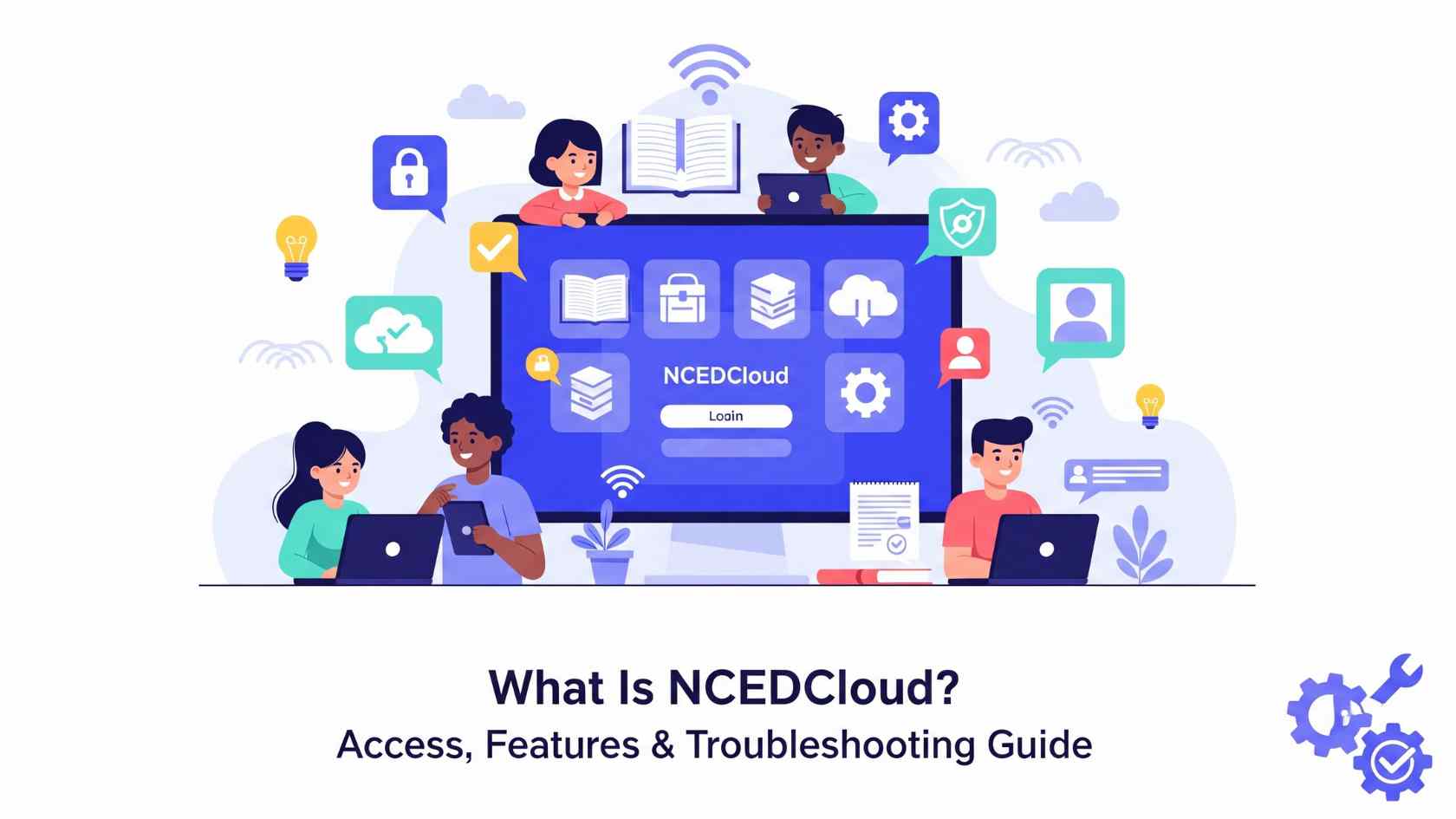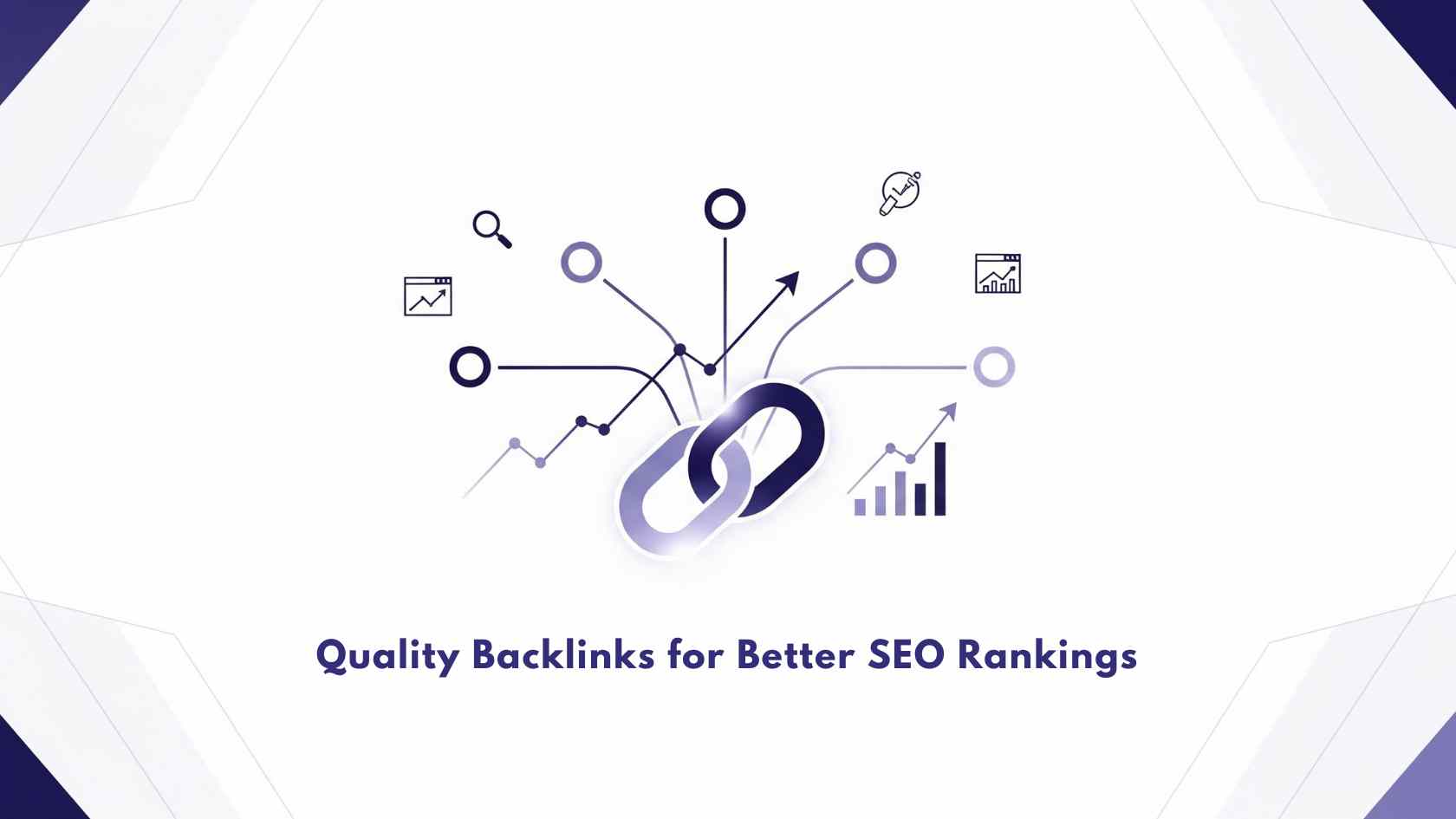A scalable web hosting plan will effectively deal with increases or reductions in website traffic and resource consumption without going offline or degrading the user experience. For example, this might start with 2 vCPUs, 4 GB of RAM, and 50 GB SSD storage, for up to 10,000 visitors a month. Whenever the traffic is heavier, the hosting provider is able to shift additional resources when requiring more scalability; that is, doubling to 8 vCPUs, 16 GB of RAM, and 200 GB SSD, where the site could accommodate over 100,000 visitors a month, usually without considerable pause times needed to accommodate the growth or in a real time upgrade. This flexibility is particularly important for entities in growth-stage business, or the company has changing variables depending on the season, x, y, z or promotions, etc.
The Effects of Poor Scalability on a Business Website
Bottlenecks with scalability on a business website can result in slow loading, crashes or even outages during peak load periods that take a toll on revenue and user experience. Consensus estimates reveal that page load speed affects as much as 25 percent of conversions. In the extreme example of an e-commerce site, if the owner expects 50,000 visitors to shop during a holiday sale and only can accommodate 10,000 visitors, their site will crash or otherwise become unresponsive, resulting in thousands of dollars in lost sales.
Web Hosting for a Business That Requires Scalability
Upgrades and downgrades take just seconds if you’re on a VPS plan, so it’s possible to adjust the server’s hardware configuration until you achieve the desired loading speeds. Achieving fast VPS hosting is far from challenging. Your host’s policies and infrastructure set the limit on how much your website can grow. A server deployed in a cloud environment can tap into a vast resource pool and scale up indefinitely.
However, a mission-critical application or website can’t depend on a single server to be everything. You’re still going to have downtime if something happens. It doesn’t matter how powerful that server is. The average VPS hosting server is sufficient for a small or medium-sized business. VPS hosting makes up more than 10% of the global web hosting industry and is expected to be at an $8.3 billion value by 2026, which is a 16.2% growth.

Cloud hosting is another great solution. It can easily scale to meet traffic demand unlike traditional hosting. For companies that are experiencing growth, it is a great solution. Yet, it is just as reliable because when one server fails, the other servers in the cloud network can pick up the slack. Of all organizations using cloud hosting, 89% rely on a combination of private and public cloud, also known as a multi-cloud solution. By the end of 2025, 80% of enterprises are expected to close their traditional data center in favor of cloud solutions.
Emerging Trends in Hosting
Interest in green hosting, the potential for AI utilization in web hosting, and edge and serverless hosting, is also on the rise. The green hosting market is estimated to be $35 billion in 2026 due to increasing environmental concerns. AI and machine learning are predicted to increase in web hosting by 30% in the next five years.
Adoption for edge hosting is increasing at 25% per year, allowing increased speed and reduced latency by processing data closer to users. Serverless hosting is expected to grow by 25% by the end of 2025, offering scalable solutions for developers and cost-effective solutions.
As a business website grows through content, extra item postings, or otherwise, a scalable hosting plan will make sure it can handle new features and more visitors without compromising performance or speed.
Also Read: This Blog Will Show You About the New Digital Technology in Thailand
One final advantage of scalable hosting is its affordability. In 2024, companies spent up to 80% of their revenue on operations. You can start with a more limited plan and upgrade as your traffic and business grow, saving money on a big hosting package that you might not need immediately. This way, you only pay for the resources you really need, saving you money in the startup phase.










